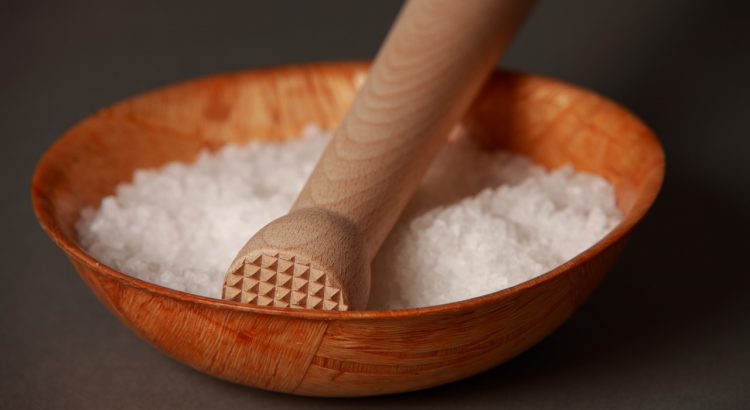Sea salt has become increasingly popular and can be found in many recipes and now in more packaged items like crackers, potato chips, nuts and even chocolate. Some perceive it to be better option than table salt due to being less processed, but is it healthier for you?
Sea salt is processed by evaporating salt water. Due to minimal processing, sea salt contains a small amount of trace minerals — sodium, magnesium, potassium, calcium, sulfur, iron and copper. It is often preferred by many cooks due to its coarse texture and strong flavor.
Table salt, on the other hand, is mined from underground salt deposits and is processed into a fine texture that removes a majority of the naturally occurring nutrients. Table salt may also contain additives to prevent clumping as well as iodine for thyroid health.
Table salt and sea salt may vary on how they make their way to the grocery store shelf but, when it comes to the sodium content, they contain about the same amount per serving. Most sea salts and table salt contain about 40 percent sodium by weight, according to the American Heart Association.
Whichever type of salt you choose, be sure to use it sparingly. The American Heart Association recommends consuming no more than 1,500 mg of sodium daily. The 2010 Dietary Guidelines for Americans recommend that Americans 2 years and older to reduce sodium intake to less than 2,300 mg daily. Individuals 51 years and older — and those of any age who are African American or who have high blood pressure, diabetes or chronic kidney disease — should limit intake to 1,500 mg daily. The average American consumes about 3,400 mg daily. It important to always talk with your doctor to see how much you should be consuming.
To keep salt intake in check, here are some simple tips to keep your heart healthy:
- Take the salt shaker off the table.
- Skip the salt when cooking and flavor meals with herbs, spices or lemon juice.
- Be a savvy grocery shopper. Purchase less processed items that tend to be high in salt, such as baked goods, canned goods, lunch meat or cured meats.
- Always check the Nutrition Facts Label and choose products with less sodium.
- Choose with reduced sodium, low sodium or no salt added canned goods. Rinse regular canned with water foods to remove some sodium.
